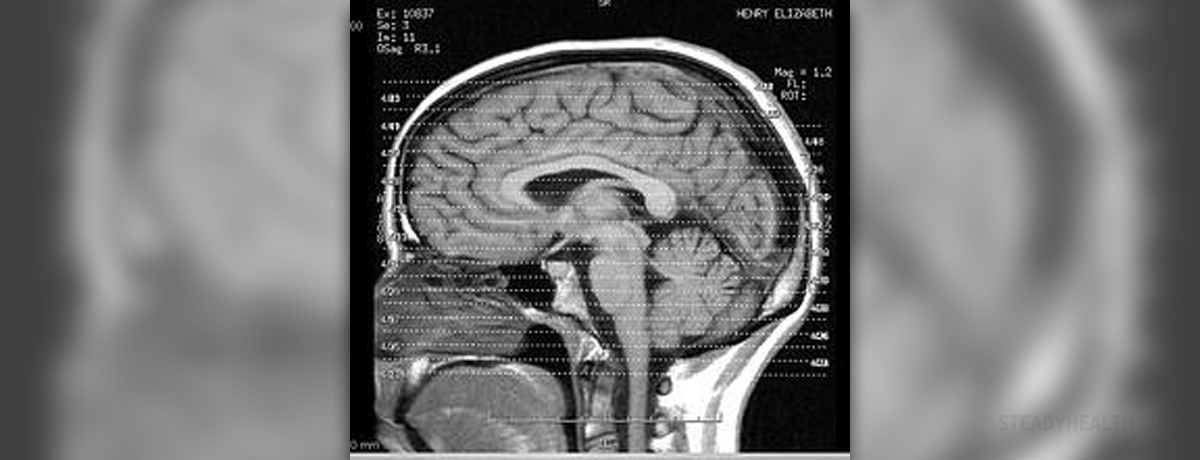
Currently, epilepsy is a condition affecting about 2.5 million of American citizens, with about 180,000 people with this health issue appearing each year. Epilepsy is a currently incurable health condition manifesting through sudden seizures which can look quite frightening, forcing the sufferer to perform violent body movements, lose consciousness or experience strong, unexplainable bouts of fear. Once seizures are gone, the sufferer may not remember anything about them, feel tired, perplexed and deprived of strength.
Further Information on Epilepsy
Some people suffering from epilepsy can notice signs of an oncoming seizure. This is because most of these seizures take place due to improper information issues in the brain. Namely, the brain gets hit by abnormal electrical charges, causing dysfunction to this organ and a communication problem between the nerves. These factors trigger the seizures.
However, seizures are not exclusively related to epilepsy. They may take place once a person suffers from dehydration or excessively high body temperature. Yet, if the patient experiences seizures of this type repeatedly for a longer period of time, he/she is most probably an epileptic.
This health phenomenon is usually related to children or teenagers, even though some patients may start suffering from it once they reach maturity and adulthood. Nevertheless, seizures are known to become less frequent with age, eventually disappearing completely.
Reasons behind Epilepsy
Even though the main reason behind epilepsy is still unknown, brain injury, brain infection, lack of oxygen during fetal stage of development, encephalitis, meningitis, tumors or strokes affecting the brain or poisoning are all factors known to cause this condition.
People with epilepsy cannot transfer this health problem to other individuals. Also, they do not inherit it genetically, even though people with relatives suffering from epilepsy have higher chances of experiencing the same.
Facts behind Seizures
When an epileptic experiences a seizure, he/she is not in pain, regardless of the visual appearance of this phenomenon. The seizures themselves can be divided into two types, partial and generalized.
Partial seizures start in a single part of the brain, possibly moving to another one while staying in the same initial part throughout the duration of the seizure itself.
Muscle and finger twitching are common during these seizures and even the vision of the affected person may be impaired.
On the other hand, generalized seizures affect the whole brain, with electrical disturbances appearing at many different places. These seizures may manifest through daydreaming, absentmindedness or complete loss of consciousness with muscle stiffness and sudden jerking movements.
In general, seizures last shortly and patients snap out of them sleepy and confused. Finally, seizures may be triggered by flashing lights, sleep deprivation, stress, staring at a screen for too long, fever, certain medications or breathing irregularities.
















Your thoughts on this
Loading...